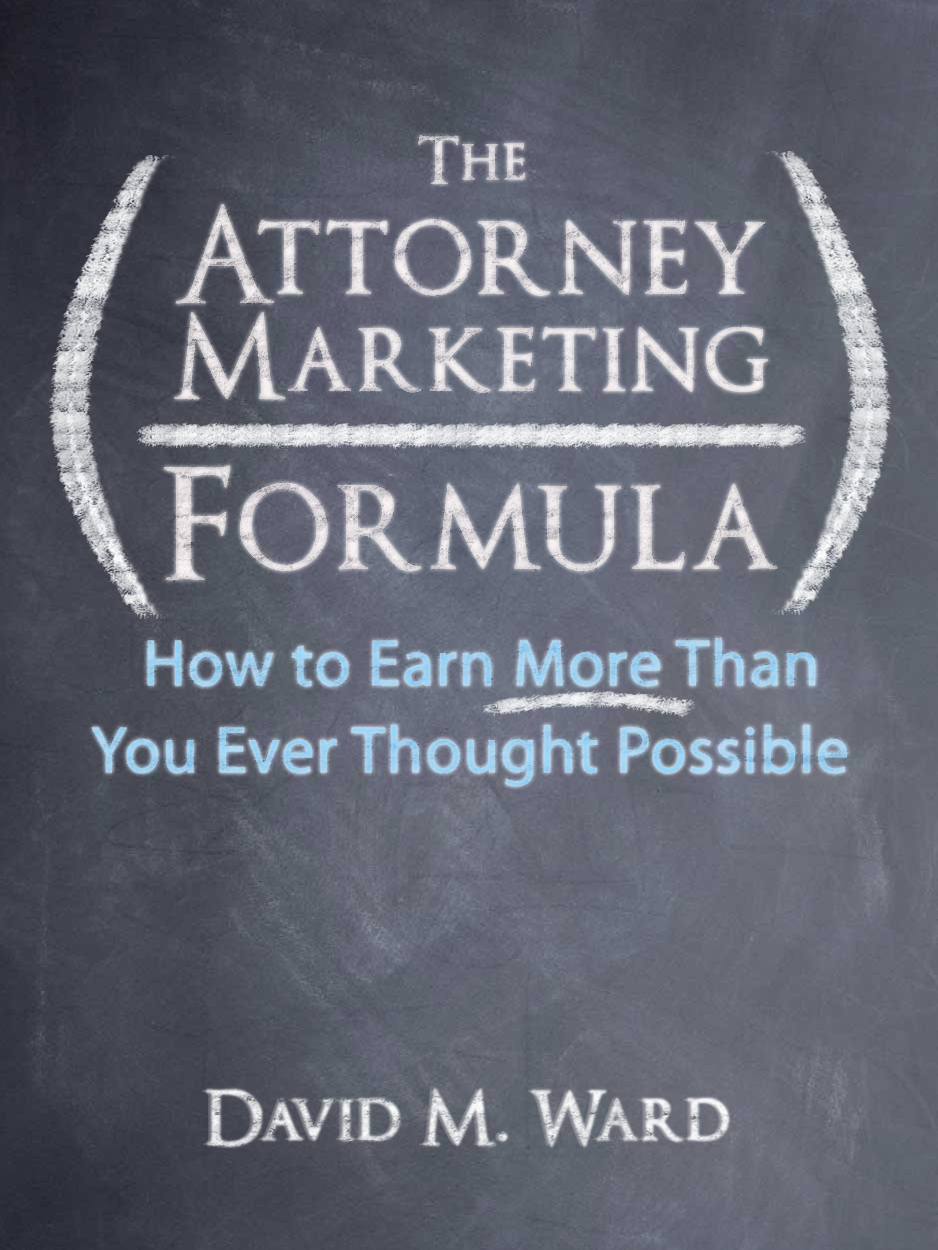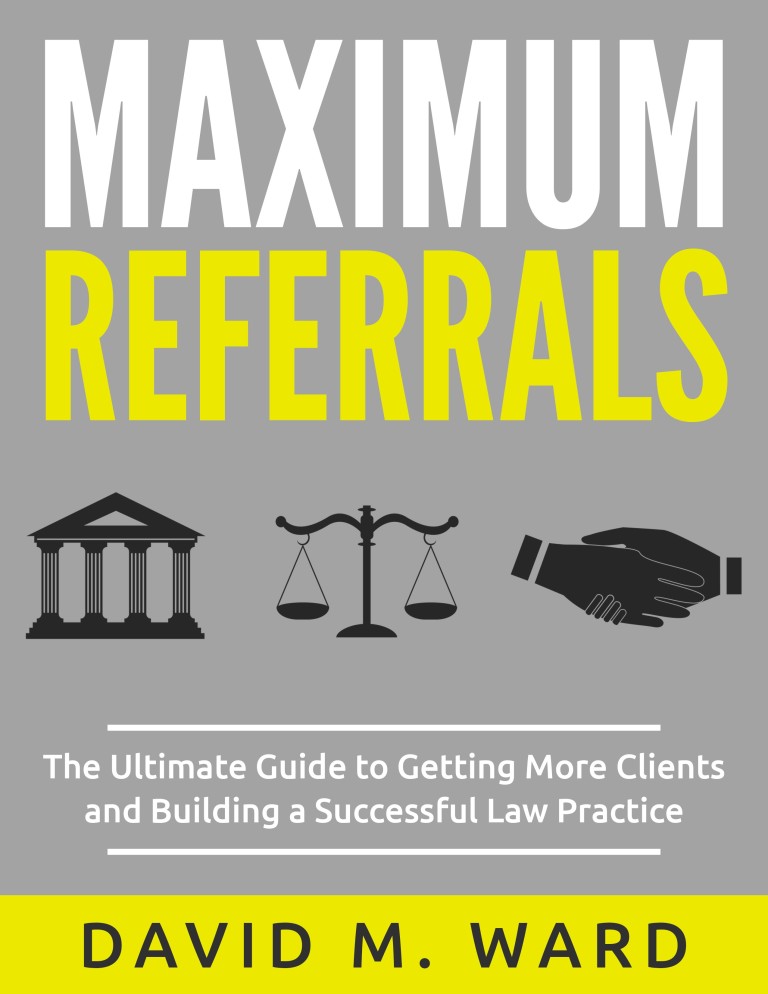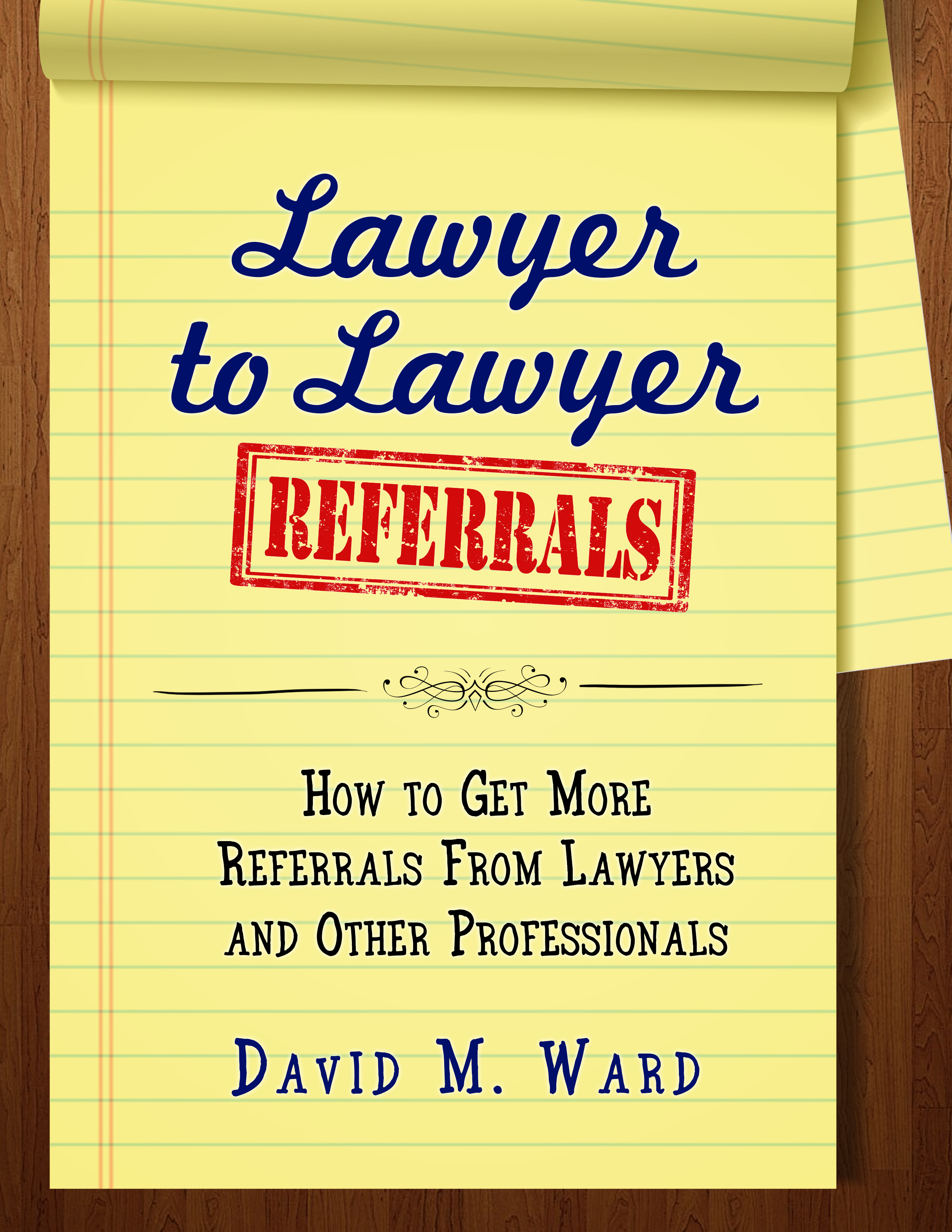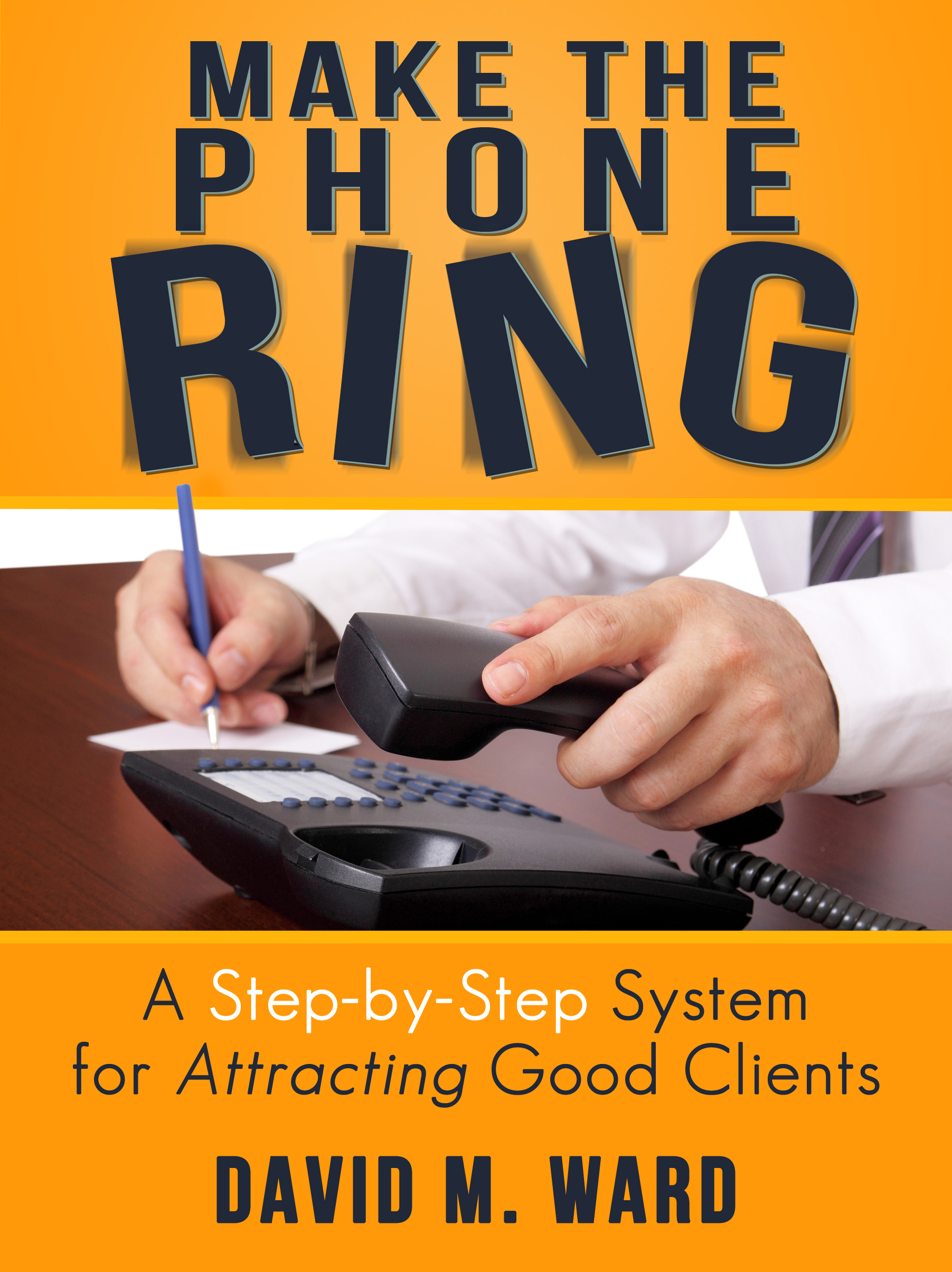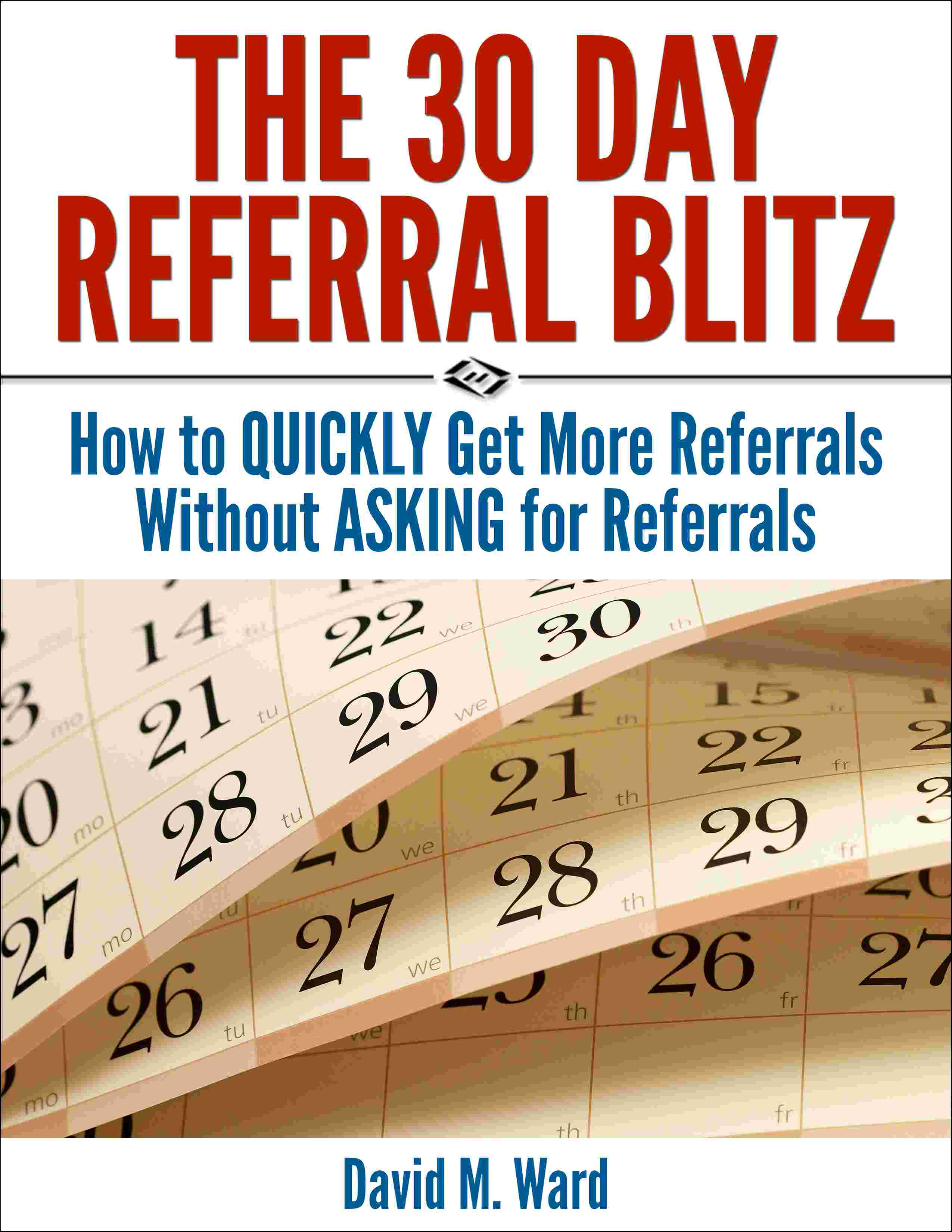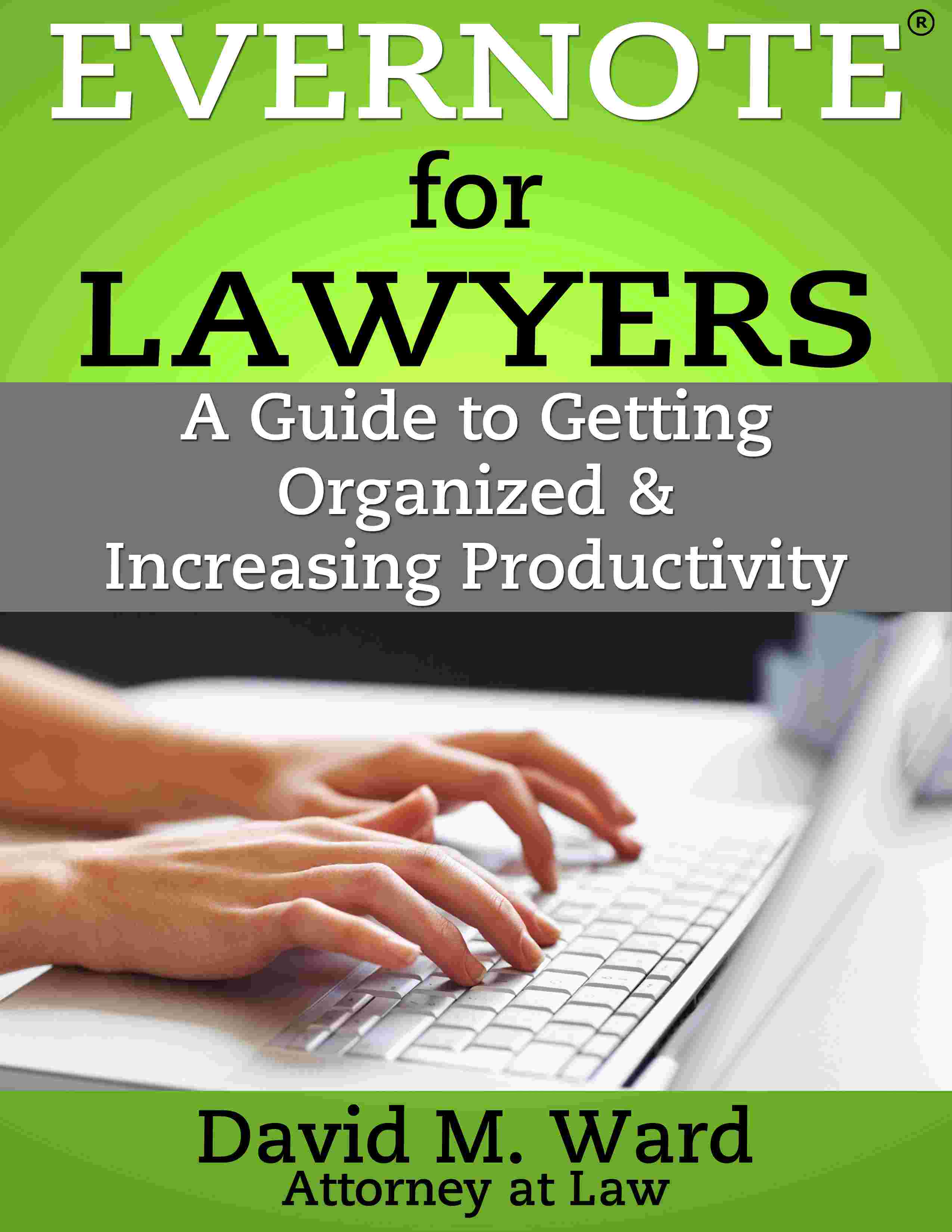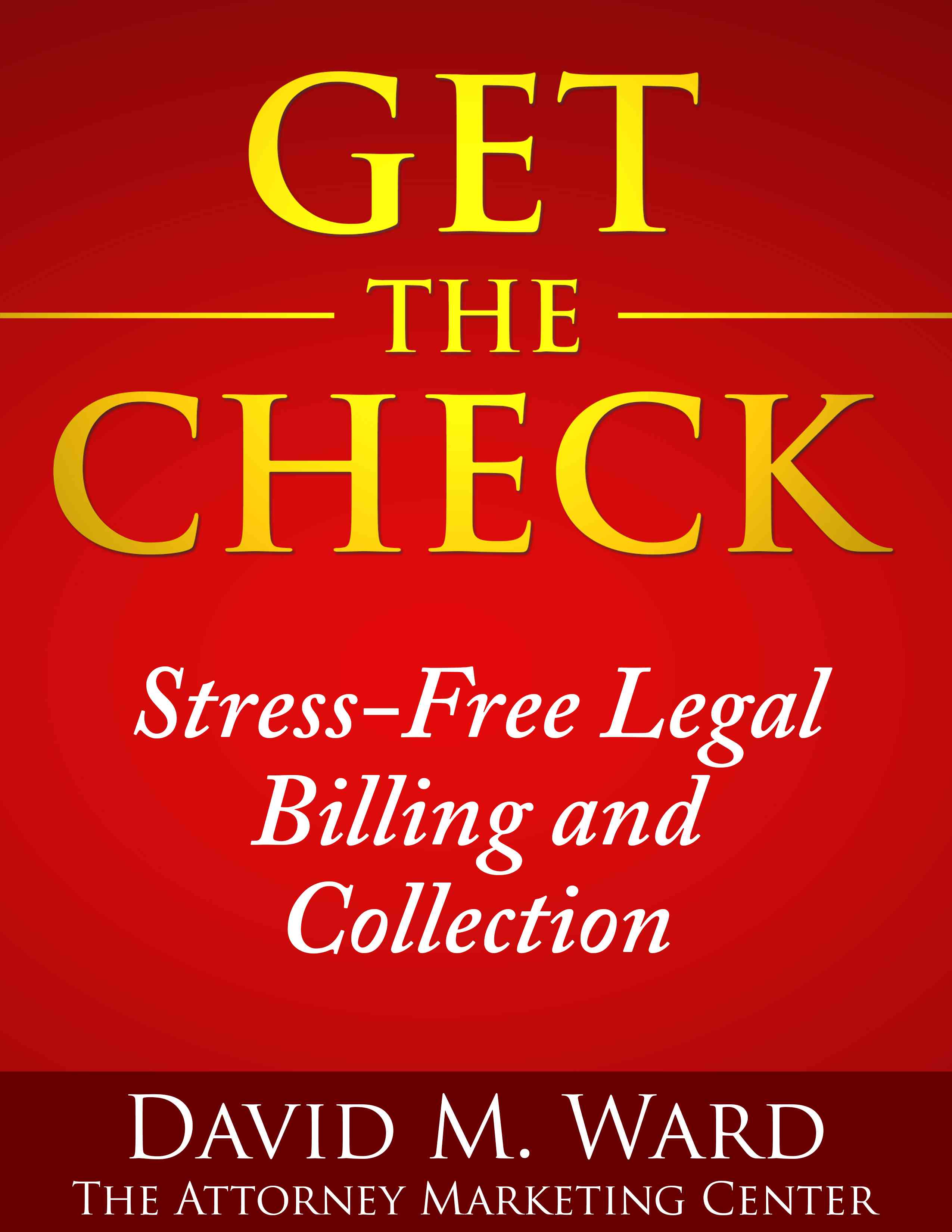I often refer to the “Focusing Question,” posited in the book, The One Thing: ‘Ask yourself, “What is the ONE thing I can do such that by doing it, everything else will be easier or unnecessary”.’ My usual advice for lawyers, of course, is to improve your marketing.
And I’m not going to change my mind about that today.
There’s nothing more important or remunerative than getting better at bringing in new business and keeping it.
But there is something that is a close second.
If you’ve read me for a while, you won’t be surprised to hear me say it is, “improve your writing”.
Yes, many lawyers have brilliant practices or careers without being talented writers. Trial lawyers might be good orators, for example, business lawyers, good negotiators or networkers, and those skills can more than make up for any deficiency they might have with a pen or keyboard.
But any lawyer can be even more successful if they are also good writers.
But you know this. You’ve heard me talk about it enough. About how improving my writing helped me build my practice and several successful businesses.
For one thing, writing is a key component of marketing. Yes, you can delegate or outsource much of your writing, and many successful lawyers do, but for instructing those writers (and/or ai) about what you want done, and making sure you get it, there is no substitute for having some writing chops yourself.
Besides, the most effective writing you do will come from you. And only you.
Improving your writing will help you create better content, achieve greater engagement with your clients, your social media crowd, and your professional contacts. You’ll get more repeat business and referrals and build your professional reputation, all with the power of your words.
Improving your writing will also help you create better content and better work product, and do it faster. If it now takes you two hours to write an article, but you can get to where you can do it in 30 minutes, would that be valuable to you?
Writing is also a competent in thinking, planning, and strategizing. The more you write, the better you become at formulating ideas and plans.
So, how do you get better (and faster) at writing? By writing. You can benefit from reading books and taking courses, but there is no substitute for putting your butt in the chair and pounding out words.
Hold on. I know you already do a lot of writing. It’s a big part of what lawyers do.
Do more.
Write something other than your regular work and do it every day, even for 5 minutes. “Free write” to limber up your writing muscles and let your words pour out onto a page. Don’t worry about how good it is. Nobody will see it until you show it to them, and for now, you don’t have to do that.
Write a journal, scribble a half page of ideas, or re-write your notes about something. The idea is to move your hand and spit out words and do that as often as possible.
When I started, I did it first thing after I rolled out of bed, yes, before coffee. With my brain half awake, I was less critical and learned to write freely and naturally.
Was it any good? No. That came later. But it came, and if you keep at it, it will come for you.

